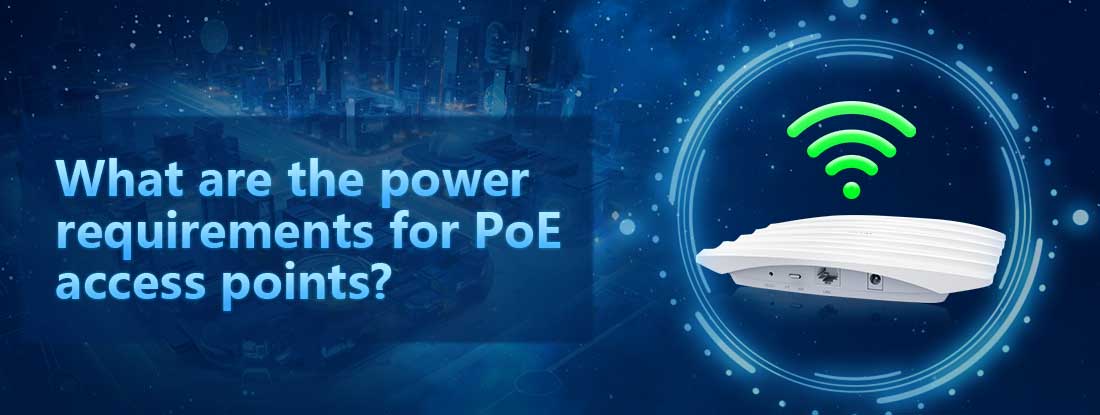
The power requirements for PoE access points vary depending on the type of access point and the PoE standard it supports. Here’s an overview based on the different Power over Ethernet (PoE) standards and typical access point power needs:
1. Standard PoE (IEEE 802.3af)
Power Output: 15.4W (up to 12.95W usable power after losses)
Typical Devices: Entry-level access points, low-power devices
Example Use Case: Basic wireless access points (WAPs) for small offices or home networks.
2. PoE+ (IEEE 802.3at)
Power Output: 30W (up to 25.5W usable power)
Typical Devices: Mid-range access points, dual-band Wi-Fi devices
Example Use Case: Wireless access points with multiple antennas and more advanced features for medium to large offices.
3. PoE++ (IEEE 802.3bt Type 3)
Power Output: 60W (up to 51W usable power)
Typical Devices: High-performance wireless access points (e.g., Wi-Fi 6/6E)
Example Use Case: Large enterprise access points with advanced features like multi-gigabit speeds and extended range.
4. PoE++ (IEEE 802.3bt Type 4)
Power Output: 100W (up to 71W usable power)
Typical Devices: Access points with extremely high data throughput, integrated switches, or advanced radio systems.
Example Use Case: Industrial-grade access points or those used in large campuses or public venues with heavy traffic.
Common Considerations
Wi-Fi 5 (802.11ac) access points: Typically require 15W–30W, depending on features and usage.
Wi-Fi 6 (802.11ax) access points: Often need 30W–60W, particularly for higher-performance models.
The exact power requirement depends on the specific model of the access point, the number of radios, the data throughput, and other features like built-in security, antenna configuration, or multi-gigabit capabilities. Always check the manufacturer's specifications for precise power needs.